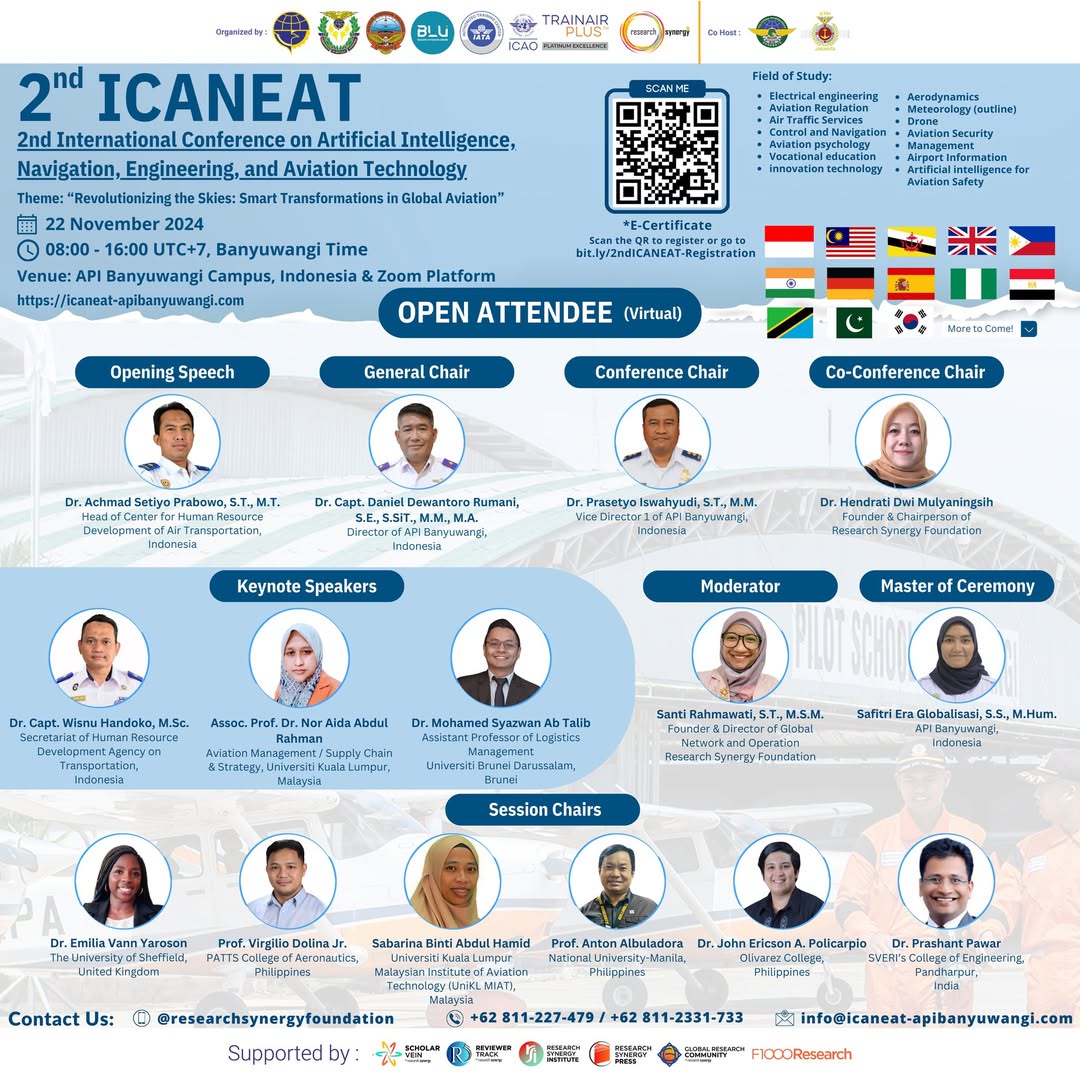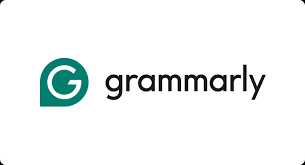The Role of Financial Literacy in Managing Personal Finances for the Millennial Generation
Keywords:
Financial literacy, personal finance, millennials, financial behavior.Abstract
This study aims to determine the extent to which financial literacy influences the millennial generation's ability to manage personal finances. Millennials are known as a productive age group facing various financial challenges, ranging from consumer spending to a lack of long-term financial planning. The research method used was descriptive quantitative, through questionnaires distributed to respondents aged 20–35. The results indicate that a high level of financial literacy positively influences wiser financial behaviors, such as budget management, savings, and investment. Conversely, low financial literacy is often associated with poor financial decision-making. Therefore, improving financial literacy is crucial in creating a more financially prepared generation in the future.
References
[1] B. Mesra, “Factors That Influencing Households Income And Its Contribution On Family Income In Hamparan Perak Sub-District, Deli Serdang Regency, North,” Int. J. Civ. Eng. Technol, vol. 9, no. 10, pp. 461–469, 2018.
[2] S. Wahyuni and F. Wadly, “Application Of Inventory And Service Transactions On Web-Based Cv Medan Teknik using the Agile Kanban Method,” International Journal Of Computer Sciences and Mathematics Engineering, vol. 2, no. 1, 2023.
[3] S. Wahyuni and B. Mesra, “Mozaik BUMDES Waste Bank Application Development Using Android-Based GPS,” Jurnal Mantik, vol. 6, no. 3, pp. 2781–2788, 2022.
[4] S. Wahyuni, H. Hermansyah, and M. B. Yel, “Aplikasi Bank Sampah Berbasis Website Dalam Mewujudkan Desa Bebas Sampah,” in Prosiding Seminar Nasional Riset Information Science (SENARIS), 2022, pp. 242–250.
[5] S. Wahyuni, B. Mesra, A. Lubis, and S. Batubara, “Penjualan Online Ikan Asin Sebagai Salah Satu Usaha Meningkatkan Pendapatan Masyarakat Nelayan Bagan Deli,” Ethos: Jurnal Penelitian dan Pengabdian Kepada Masyarakat, vol. 8, no. 1, pp. 89–94, 2019.
[6] H. Chrisna and H. Hernawaty, “Analisis Perbedaan Pemahaman terhadap Akuntansi Syariah pada Mahasiswa Muslim dan Non Muslim (Studi Kasus pada Mahasiswa Akuntansi Universitas Pembangunan Pancabudi),” in Prosiding SEMDI-UNAYA (Seminar Nasional Multi Disiplin Ilmu UNAYA), 2019, pp. 637–649.
[7] H. Chrisna, N. Noviani, and H. Hernawaty, “Faktor-faktor yang mempengaruhi minat berwakaf tunai pada jamaah majelis taklim istiqomah kelurahan Tanjungsari Medan,” Jurnal Akuntansi Bisnis & Publik, vol. 11, no. 2, pp. 70–79, 2021.
[8] H. Hernawaty, H. Chrisna, and V. Arnita, “Untung Rugi Hedging Syariah,” 2022.
[9] M. Irham, A. Mutia, and F. Ramli, “Pengaruh Literasi Keuangan Dan Mitigasi Risiko Terhadap Keberlangsungan Umkm Di Kota Jambi,” E-Bisnis: Jurnal Ilmiah Ekonomi Dan Bisnis, vol. 17, no. 1, pp. 52–67, 2024.
[10] H. Chrisna, H. Hernawaty, and N. Noviani, “PENGARUH LITERASI KEUANGAN SYARIAH TERHADAP PERKEMBANGAN USAHA PELAKU UMKM DI DESA PEMATANG SERAI,” NUSANTARA: Jurnal Ilmu Pengetahuan Sosial, vol. 10, no. 2, pp. 1010–1015, 2023.
[11] Atkinson, A., & Messy, F. A. (2012). Measuring Financial Literacy: Results of the OECD / International Network on Financial Education (INFE) Pilot Study. OECD Working Papers on Finance, Insurance and Private Pensions, No. 15. OECD Publishing.
[12] Arnita, V., & Aulia, A. (2020). PREKDISI PERTUMBUHAN LABA DALAM RASIO KEUANGAN PADA PT JAPFA COMFEED TBK: Vina Arnita; Aulia. Jurnal Akuntansi Bisnis Dan Publik, 11(1), 115-122.
[13] Lusardi, A., & Mitchell, O. S. (2014). The Economic Importance of Financial Literacy: Theory and Evidence. Journal of Economic Literature, 52(1), 5–44.
[14] Remund, D. L. (2010). Financial literacy explicated: The case for a clearer definition in an increasingly complex economy. Journal of Consumer Affairs, 44(2), 276–295.
[15] Otoritas Jasa Keuangan. (2022). Survei Nasional Literasi dan Inklusi Keuangan (SNLIK). Jakarta: OJK.
[16] Herdjiono, I., & Damanik, L. A. (2016). Pengaruh Financial Attitude, Financial Knowledge, Parental Income Terhadap Financial Management Behavior. Jurnal Manajemen Teori dan Terapan, 9(3), 226–241.
[17] HS, W. H., & Azzahra, A. S. (2020). Analisis Faktor Reputasi Auditor, Disclosure, Dan Audit Client Tenure Terhadap Opini Audit Going Concern Pada Perusahaan Manufaktur Yang Ada Di Indonesia. Jurnal Mutiara Akuntansi, 5(1), 67-77
[18] Sabri, M. F., & MacDonald, M. (2010). Savings Behavior and Financial Problems Among College Students: The Role of Financial Literacy in Malaysia. Cross-Cultural Communication, 6(3), 103–110.
[19] Margaretha, F., & Sari, S. (2015). Analisis Tingkat Literasi Keuangan Mahasiswa S-1 Fakultas Ekonomi Universitas Andalas. Jurnal Finesta, 3(1), 1–9.
[20] Milanie, F., Sari, A. K., & Saputra, H. (2020). An Effect of Empowerment Organizational Structure and Job Design Employee Effectiveness Work in the Office
[21] Saputra, H., Sari, A. K., & Pakpahan, J. (2024, December). ANALYSIS TO GET PROFIT INVENTORY TO GET PROFIT PT. AGRI FIRST INDONESIA. In PROSIDING SEMINAR NASIONAL FAKULTAS TEKNIK DAN ILMU KOMPUTER UNIVERSITAS DHARMAWANGSA (Vol. 1, No. 1, Pp. 517-521).
[22] Sari, A. K., Milanie, F., Saputra, H., & Manurung, S. B. (2021). Sistem Informasi Akuntansi Penjualan Dan Fungsi Akuntabilitas. Jurnal Akuntansi Bisnis Dan Publik, 11(2), 46-50.
[23] Sutrisno, H. (2019). Energi Surya: Potensi dan Penerapan di Indonesia. Yogyakarta: Gadjah Mada University Press.
[24] World Bank. (2021). Access to Electricity in Rural Indonesia: Renewable Pathways. Washington DC: World Bank Group.
[25] Sulistianingsih, I., Akbar, A., & Winatra, M. A. (2023). The Implementation of Kuliah Kerja Nyata Information System for Higher Education. JURNAL TEKNOLOGI DAN ILMU KOMPUTER PRIMA (JUTIKOMP), 6(1), 41-47.
Downloads
Published
Issue
Section
License
Copyright (c) 2025 Aulia, Efrizal Aidil (Author)

This work is licensed under a Creative Commons Attribution-ShareAlike 4.0 International License.









